Designing a New Workflow
To design a new Workflow, perform the following steps:
-
Access Creator's Studio from SmartOps home page. Dashboard tab of Creator's Studio is displayed by default.
-
Click Design Studio tab. This displays the Studio screen as shown in FigureFigure.
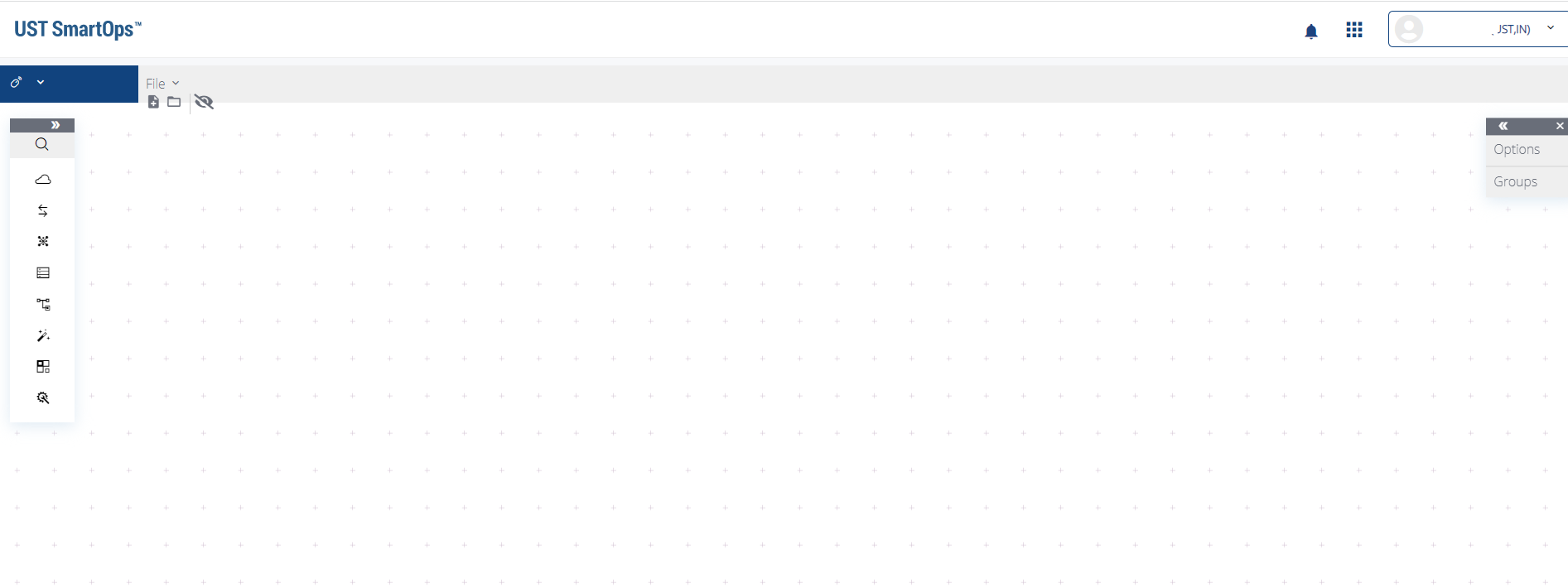
You can view the menu option on the right hand side of the screen. The options and description is provided in the tab as explained in the table below.
Field
Description

Enables to create a new workflow. You may select from the available types of workflows.

Enables to open an existing workflow.

Enables to clear the canvas.

Enables to configure the settings related to workflows.

Enables to save the workflows created or updated.

Enables to map automation stories.

Enables to publish the workflow.

Enables to execute the workflow.

Enables to compile the workflow.

Enables to delete the workflow.
Design Pane/canvas enables you to design the workflows.
-
To design a new workflow, select the New option provided on the right side of the Studio pane as shown in FigureFigure.
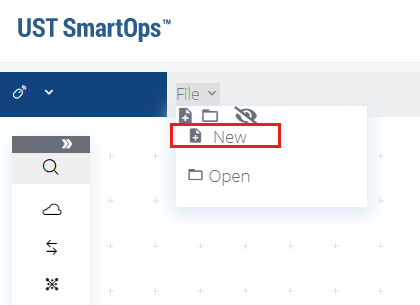
This displays the Design Workflows window to capture basic details of the workflow as shown.
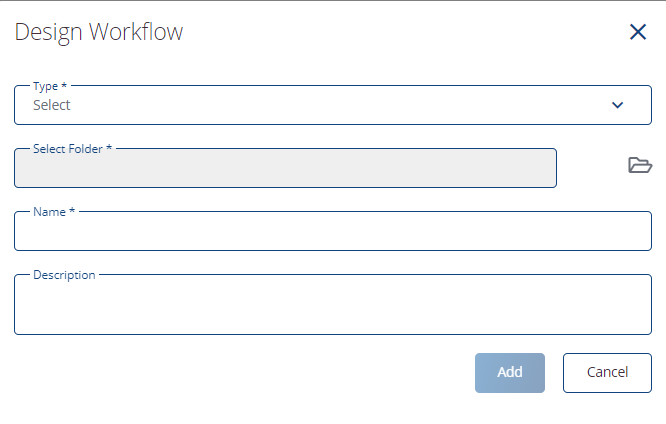
-
Select the type of workflow from Type field. Available options are:
-
Cognitive Flow
-
Scheduling
-
Others
-
-
Select the required folder to save the file in Select Folder field.
-
Enter the name of the workflow in Name field.
-
Enter a bried description for the workflow in Description field.
-
Click Add.
-
-
Drag and drop desired micro actions from the left micro actions pallet as shown in FigureFigure.
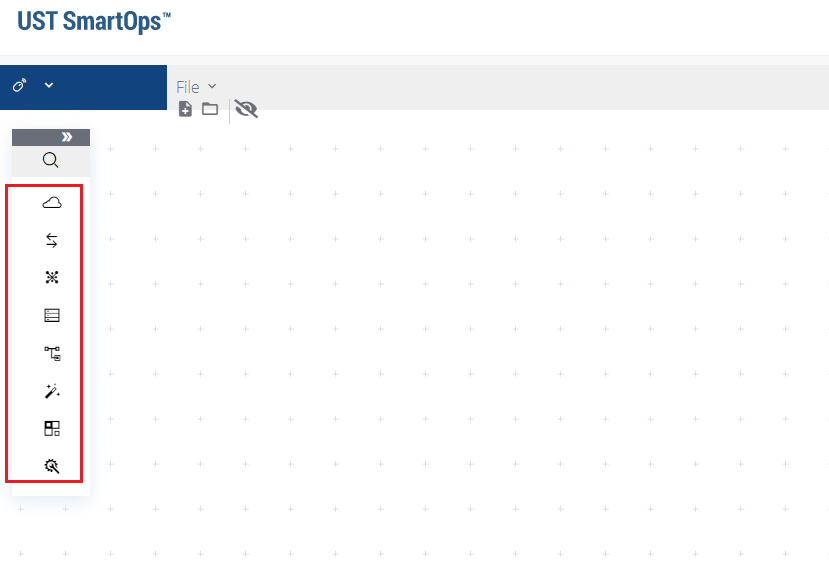
You may expand the microaction pane to view the microactions based on categories as shown.
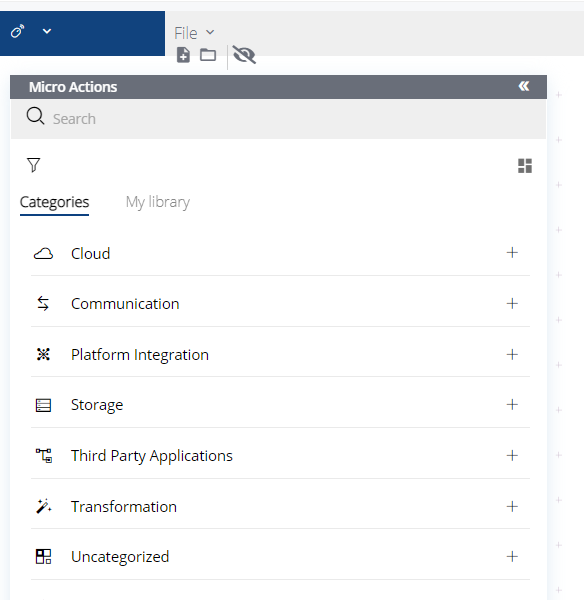
-
Use click & release mechanism to establish connections between micro actions. Click and release control on ‘from’ node, then drag the connector to the ‘to’ node as shown in FigureFigure.
 You may click on the required microaction to define the properties. The attributes generally consists of basic parameters, input and output parameters.
You may click on the required microaction to define the properties. The attributes generally consists of basic parameters, input and output parameters.
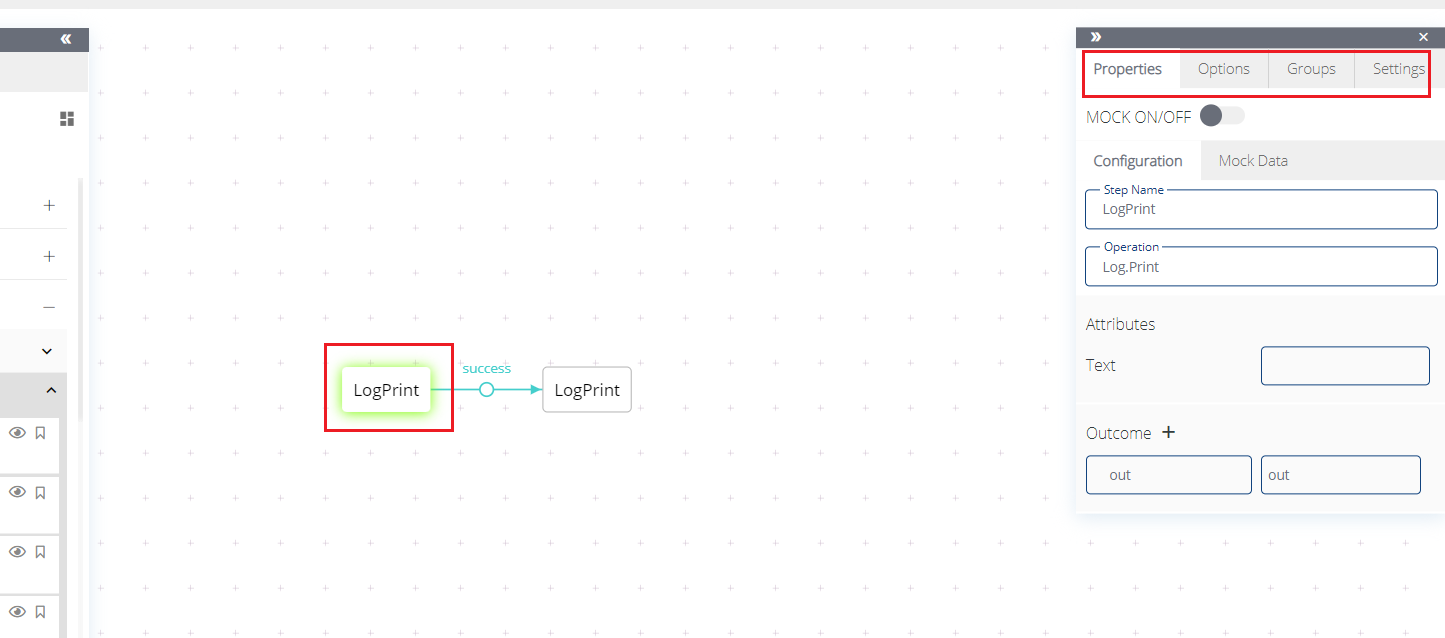
-
You may hover over the microaction to define the following parameters:
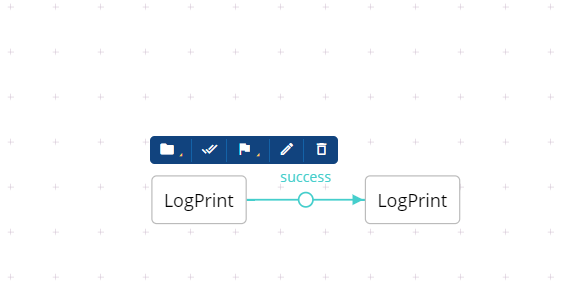
Field
Description

Group related microactions.

Mark the microaction as the initial microaction in the workflow.

Enables to define the status.

Enables to edit the parameters.

Enables to delete the microaction.
Microaction Types and associated microactionsMicroaction Types and associated microactions
You can view the available micoactions categories on the left hand side of the screen as shown:
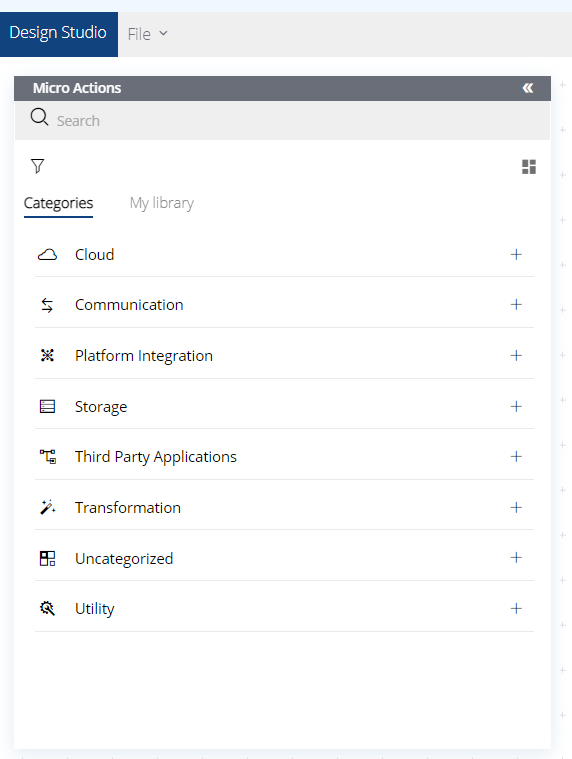
You can view the list of microactions by selecting the required microaction type as shown:
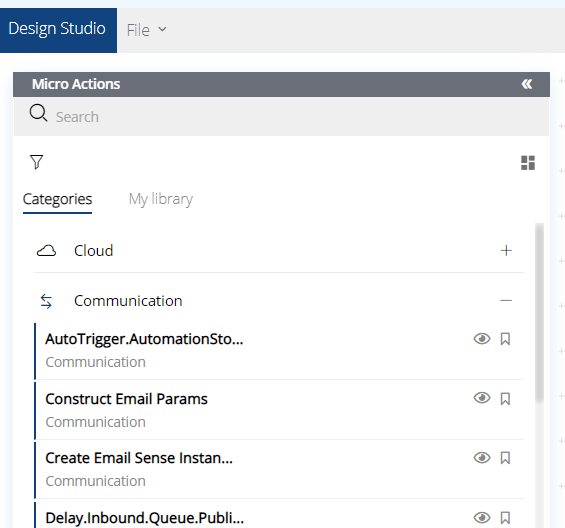 You may click on the
You may click on the  icon corresponding to the microactions to view corresponding details including nested microactions.
icon corresponding to the microactions to view corresponding details including nested microactions.
To bookmark a microaction, click on the corresponding  icon.
icon.
Click on the My Library tab to view the list of favourite (bookmarked) microactions and recentle downloaded microactons as shown in FigureFigure.
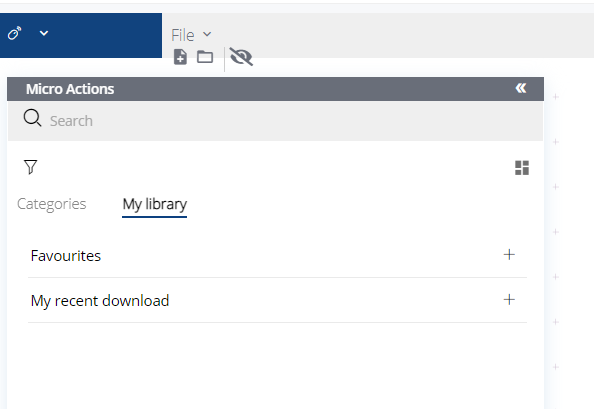
Menu optionsMenu options
You can view the menu option on the screen as shown in FigureFigure.
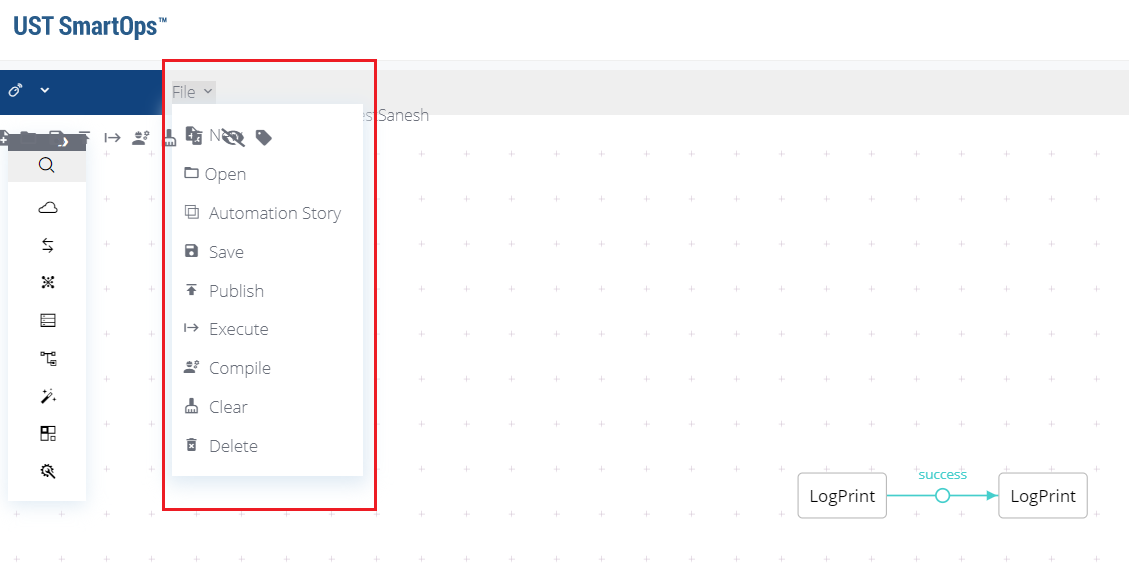
The options and description is provided in the tab as explained in the table below.
|
Field |
Description |
|
|
Enables to create a new skill. You may select from the available types of skills.
|
|
|
Enables to open an existing skill.
|
 |
Enables to add an automation story. |
 |
Enables to save the skills created or updated. |
 |
Enables to publish the skill. |
 |
Enables to execute the skill. |
|
|
Enables to clear the canvas.
|
 |
Enables to compile the skill. |
 |
Enables to delete the skill. |
Related Topics:


